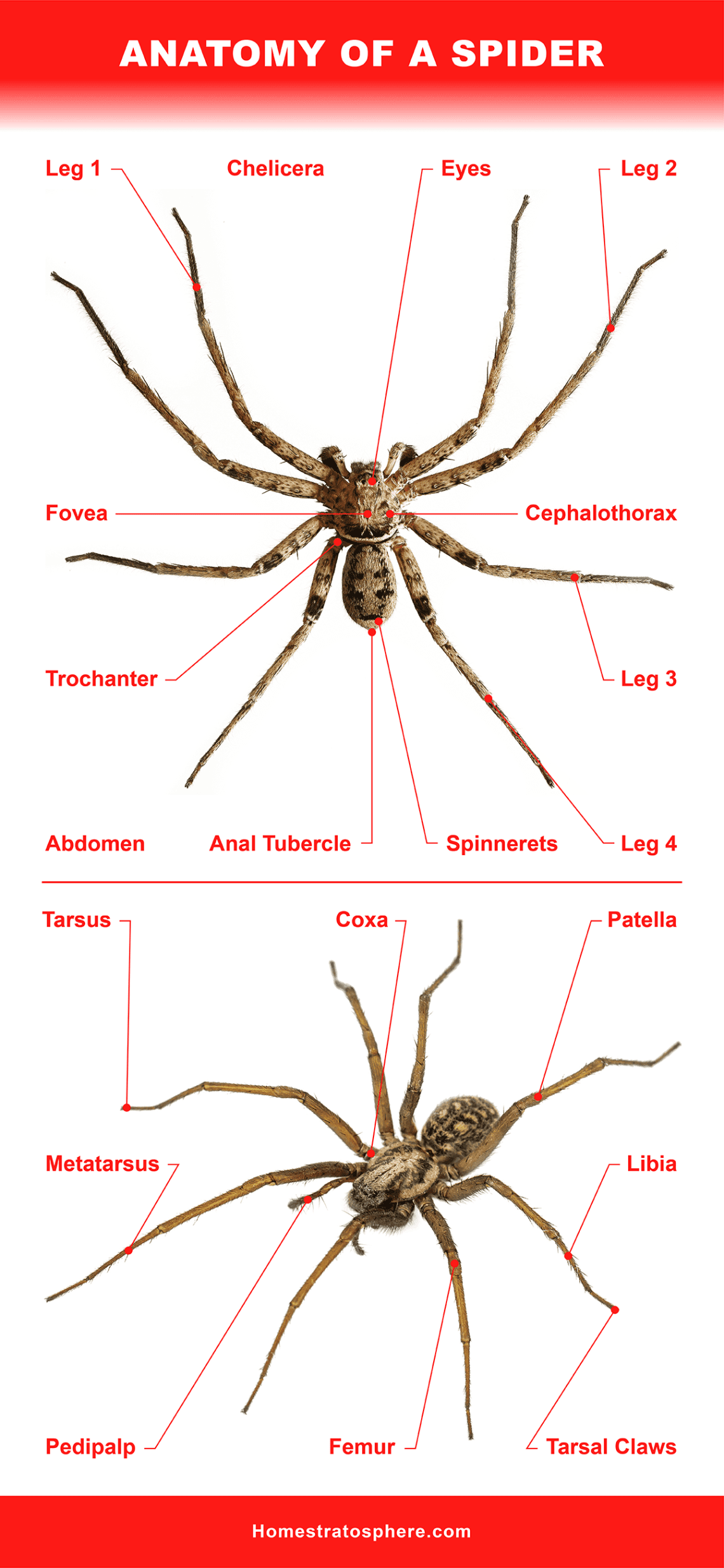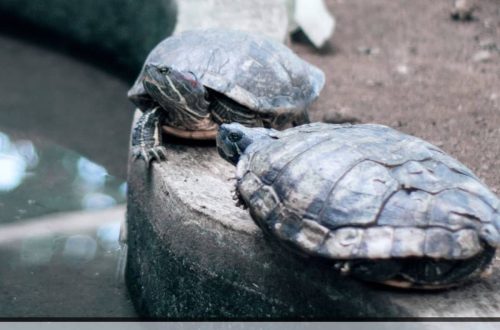
Types of domestic spiders, their full description and content requirements
Since birth, mother nature has rewarded people with a sense of fear of spiders. Many people panic when they see this frightening creature, but there are also arthropod lovers who breed them at home and consider them to be their best friends. The lucky choice among the buyers was the domestic tarantula spider.
So, in order to acquire an arachnid comrade, you need to know the species suitable for this purpose.
Contents
Types of domestic tarantula spiders
- White-haired tarantula.
- Giant tarantula.
- Bicolor tarantula.
- Red-legged Mexican tarantula.
- Striped tarantula.
- Horned tarantula.
- Blue tarantula.
- Chrome tarantula.
White-haired tarantula
Adult body: 7 cm
Leg span: 14-16 cm
Length of stay: Female – 12 years; male – 3 years old.
Natural lifestyle: The white-haired tarantula is one of the calm species, freely allowing itself to be picked up. Close contact should only be avoided with hungry spiders to avoid being bitten. The spider inhabitant of the rainforest lives in a dug hole in the roots of trees.
Protection: Protrudes the chest and sheds hairs from the abdomen, which, once on the mucous membrane of the eyes or the surface of the skin, cause discomfort.
Content at home: Tarantulas should be kept in glass or plastic containers with a volume of at least 5 liters. The terrarium must be closed, as spiders move well on the surface of the glass.
Vermiculite, lichen, coniferous sawdust, sphagnum moss are suitable as bedding. Pieces of bark or coconut shells should be added to the litter to equip the hole. The substrate is applied in a layer of at least 5 cm.
Each individual of this species should be kept separate, hungry spiders are characterized by cannibalism. For young individuals, feeding is carried out 2 times in 7 days, for adults once a week. The menu serves newborn mice or insects of a suitable size.
Air temperature: from 23 °C to 28 °.
Humidity: from 75-90%
Moulting: The tarantula during or before molting may restrict itself in food, sometimes to the point of complete refusal. Molt passes critically. The spider stops moving and lies on its back. The interval in an adult varies from 2 months to 1 year. In young people, the process occurs
Giant tarantula
The body of an adult: 9-10 cm.
Leg span: 20-25 cm
Lifespan: 12 years for a female. Males are often eaten immediately after the mating process.
Features: Lives in the tropical forests of Brazil. Females are larger in size than males. The color is two-tone: reddish-brown or grayish-black. A sedentary individual, more often spends its time near the hole.
Protection: With hind legs, it shakes off the hairs located on the abdomen. Hair can cause an allergic reaction.
Content at home: Terrarium – 30 × 30 × 30 centimeters. Litter – 5 cm Use peat or coco substrate. Feeding is done 2-3 times every 7 days, as giant tarantulas prefer to eat well. When deciding to pick up an individual, one should be extremely careful, the poison is not very toxic, but it is aggressive in its effect.
Temperature in the terrarium: 22 ° C – 26 °.
Humidity: 70-80%
bicolor tarantula
The body of an adult: 7-8 cm.
Leg span: 15-16 cm
Length of stay: Males – 4 years, females – more than 20 years.
Natural lifestyle: The bicolor tarantula is one of the calmer individuals. The venom from a bite can be compared to bee venom. When buying this type of spider, you should be extremely careful with close contact, a bite can cause allergies.
Protection: He does not hesitate to use hairs that cause itching when in contact with the body.
Home maintenance: Standard sized terrarium with 5 cm bedding. Coconut species is more suitable as a substrate. Feeding is done 1 or 2 times in 7 days. Large-sized fodder insects are served as food.
Temperature: 24°C-28°.
Humidity: 65-75%
Red-footed Mexican tarantula
The body of an adult: 6-7 cm.
Leg span: 15-16 cm
Length of stay: Over 25 years
Content at home: An inhabitant of the semi-desert regions of Mexico. Spends most of his life near the burrow. The character is calm, can become a friend to a beginner in content. The substrate is poured from 5 cm and above, the individual is used to digging holes. The red-footed Mexican tarantula will be happy to have a shelter built and a cup of clean water in the terrarium. Habitual insects are used as feed, the regimen is 1 time per week. Young individuals are given food 2-3 times in 7 days. The bite of this house spider can only harm those who are allergic to bee or wasp stings.
Protection: Takes advantage of irritable hairs.
Temperature: 25°C-28°
moisture: 60-70%
Striped tarantula
The body of an adult: 9-10 cm.
Leg span: 20cm
Length of stay: Up to 15 years (females).
Content at home: The temperament is individual for each individual, from good revelers on hand, to malicious spiders. The house spider has a fairly good appetite and rarely refuses to eat. Prefers everything that is given. Feeding is done 1-2 times in 7 days for adults and 2-3 times for kids. The terrarium is suitable horizontal with dimensions of 40 × 30 × 30 cm. As a substrate, preference is given to coconut substrate. The poison is not lethal.
Suitable for food:
- Fireflies.
- Cockroaches.
- Beetle larvae.
Protection: Combs allergenic hairs at every opportunity.
Temperature: 23°C-27°.
Humidity: 70-80%
Horned tarantula
Adult body: 6 cm
Leg span: 15cm
Length of residence: 15 years or more.
Content at home: This house spider is native to East Africa and has 1 horn on its cephalothorax. He leads an active life position, especially at night. The horned tarantula is not advised for beginners, as the representative of this species is very aggressive in nature.
Stag can freely bitewho dared to disturb him. Although the poison is not fatal, it is quite capable of causing health problems. Individuals are very nimble, they require good supervision. The terrarium is suitable cubic with bedding up to 10 cm in height. The spider belongs to the burrow type. It makes no sense to install a drinker and decorations, the inhabitant will quickly bury it all or intertwine with cobwebs.
Temperature: 26°C-28°.
Humidity: 50-60%
Blue tarantula
Adult body: 9 cm
Leg span: 25cm
Lifespan: Females up to 20 years, males 4 years.
Content at home: The blue tarantula is a native inhabitant of the monsoon forests of Singapore, Malaysia, and Indonesia. Color bright blue. The way of life is burrowing and woodbreeding. Equipping the terrarium, it is necessary to lay the ground and provide the spider with a tree (snag). The individual is suitable only for professional holders, since the domestic spider does not have stinging hairs, and its poison is very dangerous and has not been fully studied by researchers. The temperature is very complex. The terrarium is cubic, the bedding is coconut.
Temperature: from 25 °C to 27 °.
Humidity: 75-80%
Chrome tarantula
Adult body: 8 cm
Leg span: 15-19 cm
Length of stay: up to 20 years
Maintenance at home: Homeland – Eastern Brazil. Most of life passes in holes under the roots of trees and shrubs. There are stinging hairs on the abdomen, but the spider uses them very rarely. Character calm, sometimes nervous, active. The terrarium is suitable horizontal with dimensions of 40 × 40 × 30 cm.
Substrate – 5-10 cm, moss, peat, coconut. The terrarium needs a drinker. Food for adults once a week. On the menu are insects with the right size. They rarely bite, but the bite is toxic, care should be taken when contacting.
Temperature: 22°C-28°.
Humidity: 70-80%





